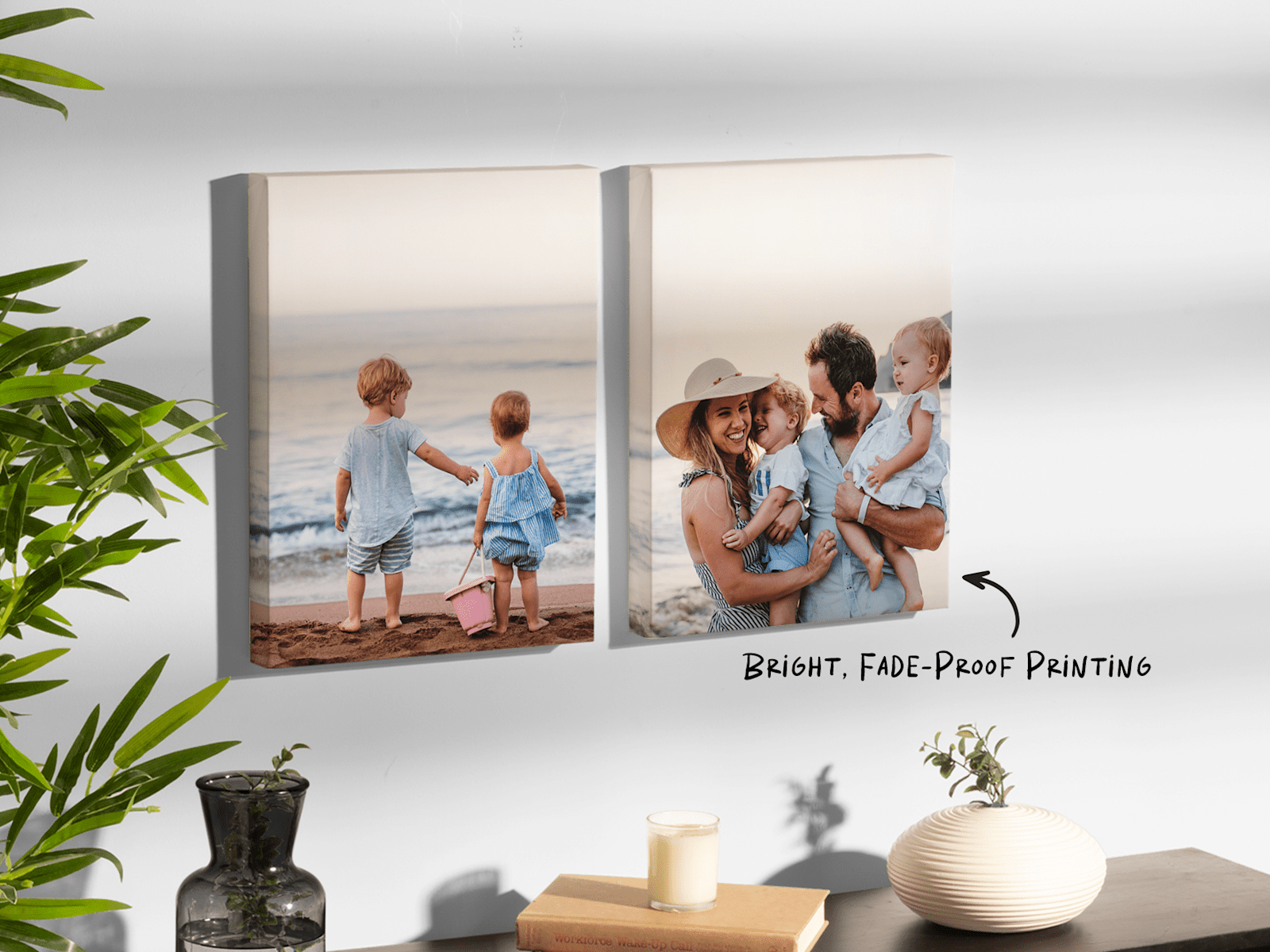Pulse of Information
Stay updated with the latest news and insights.
Print It Like You Mean It!
Unlock your printing potential! Explore tips, tricks, and trends to make your print projects stand out. Dive in and print with passion!
Top 5 Tips for High-Quality Printing: Print It Like You Mean It!
When it comes to high-quality printing, preparation is key. Start by ensuring that your files are in the correct format and resolution for the best results. Aim for at least 300 DPI (dots per inch) for images, and use PDF or TIFF formats for your documents when possible. This ensures that your print will be sharp and clear, capturing every detail. Additionally, choose the right paper type for your project; glossy paper is great for images, while matte paper can give a more professional look to text-heavy documents.
Another critical tip for achieving high-quality printing is to properly calibrate your printer. Before you begin, run a test print to adjust colors and make sure everything looks as you expect. If you're using a commercial printing service, take advantage of their proofing options to catch any errors before the final print run. Lastly, maintain your printer by regularly cleaning the nozzles and checking ink levels to prevent streaks and fading. Following these tips will help you print it like you mean it!

How to Choose the Right Paper for Your Printing Project
When embarking on a printing project, the choice of paper can significantly influence both the aesthetics and functionality of your final product. Choosing the right paper requires a careful consideration of various factors, including the intended purpose of the print, the printing method, and the desired finish. For instance, if you are printing business cards, you might opt for a thicker stock with a glossy finish to convey professionalism. In contrast, for more casual projects such as flyers or brochures, a lighter, matte paper may be more appropriate. Understanding the different types of paper available—such as coated vs. uncoated or recycled options—can help guide your decision further.
Furthermore, consider the color and weight of the paper when making your selection. Paper weight, measured in grams per square meter (gsm), can affect the overall impression of your project. Lighter weights (around 70-90 gsm) are ideal for documents like newsletters, while heavier stocks (around 200-300 gsm) are best for high-quality prints that need to stand out. Additionally, the color of the paper can impact how colors appear when printed. Choosing the right paper is more than just aesthetics; it’s about ensuring your project meets its functional goals and resonates with your audience. Taking the time to evaluate these factors will ultimately result in a polished and effective printed piece.
Common Printing Mistakes to Avoid and How to Fix Them
When it comes to printing, even minor errors can lead to frustrating results and wasted materials. Here are some common printing mistakes to avoid:
- Incorrect Paper Type: Using the wrong paper can affect the quality of your print. Always check the printer settings and choose the appropriate paper type for your project.
- Improper Color Settings: Make sure your color settings match your intended output. Using RGB instead of CMYK can result in colors that look different when printed.
If you find yourself facing these issues, here’s how to fix common printing mistakes:
- Test Prints: Always do a test print before finalizing your project to ensure everything looks correct.
- Update Printer Drivers: Keeping your printer drivers up-to-date can resolve many printing issues and improve overall performance.